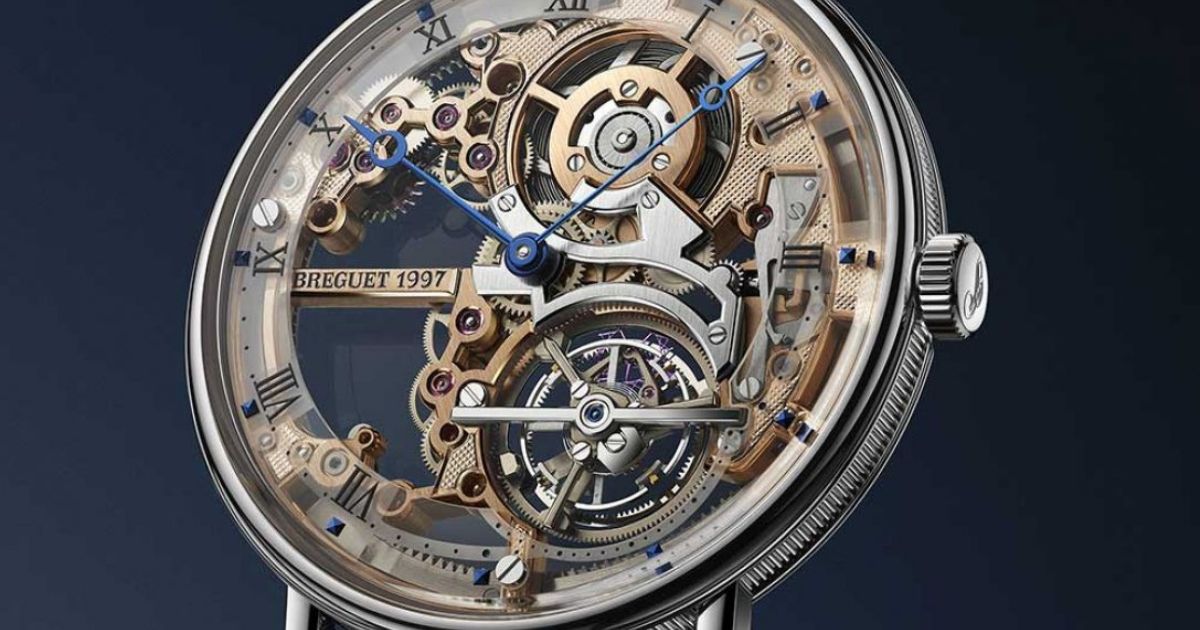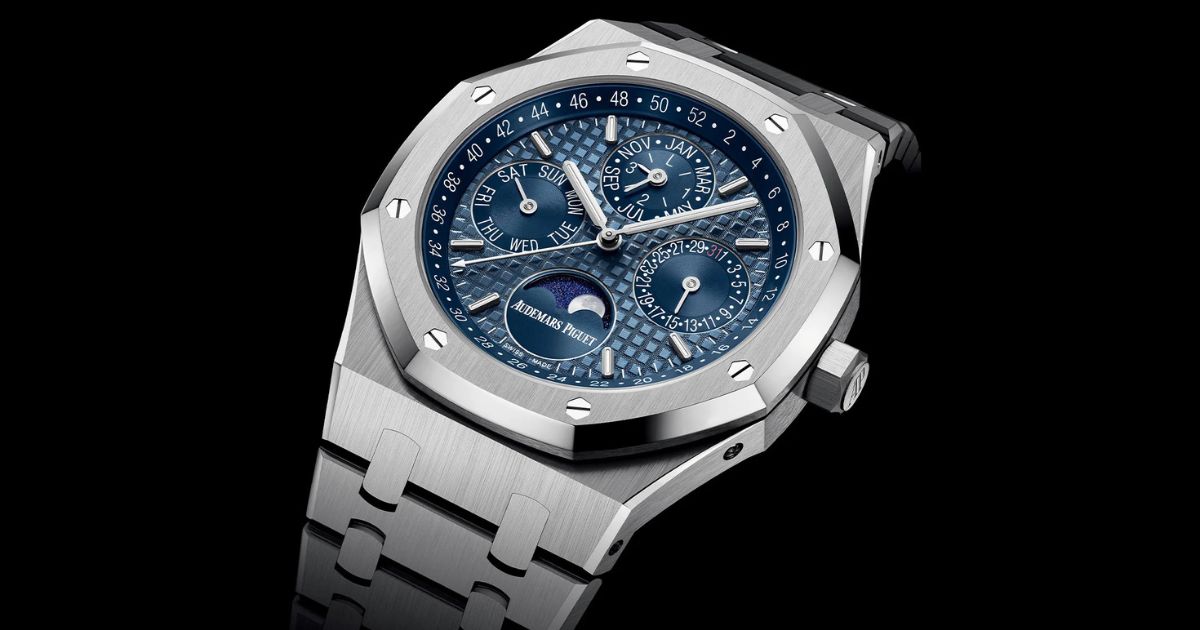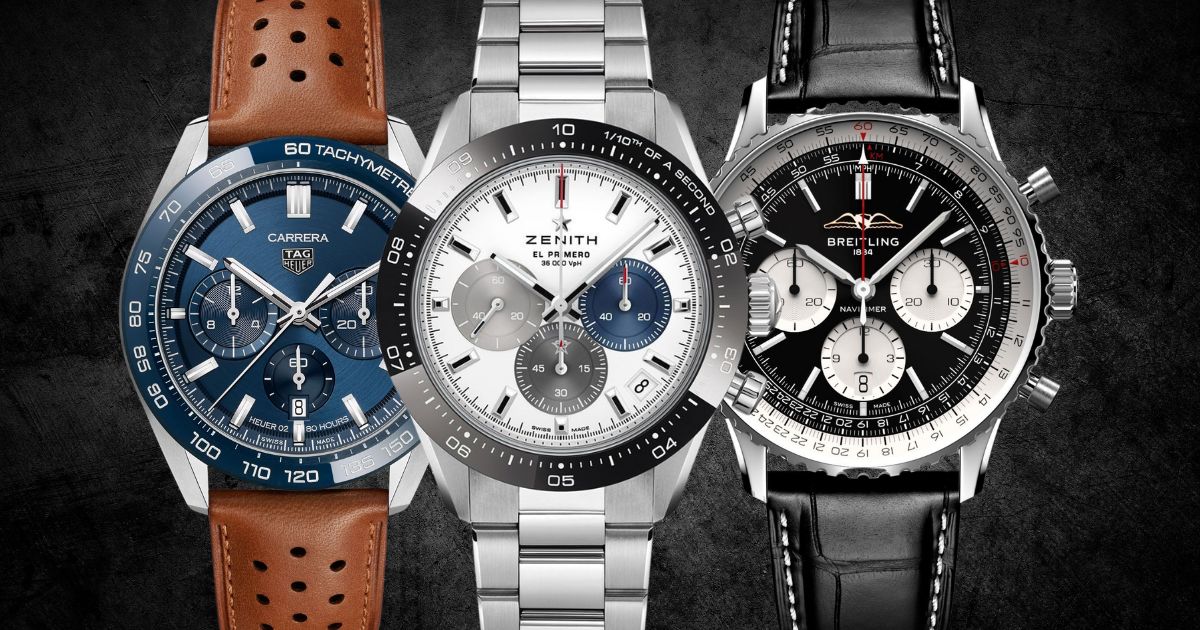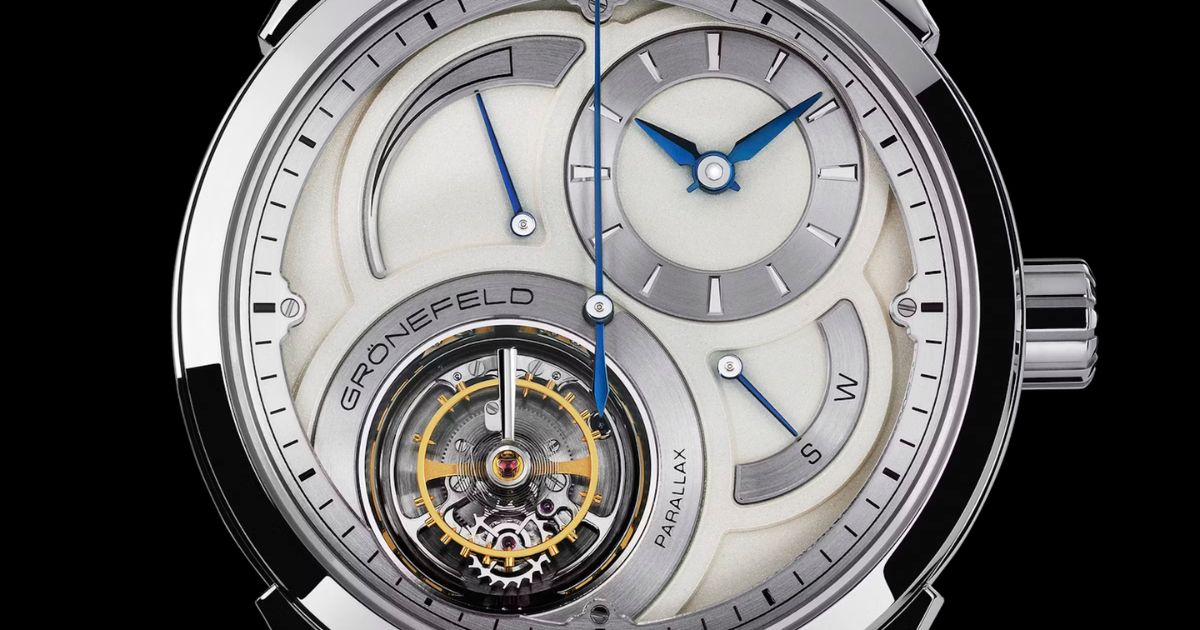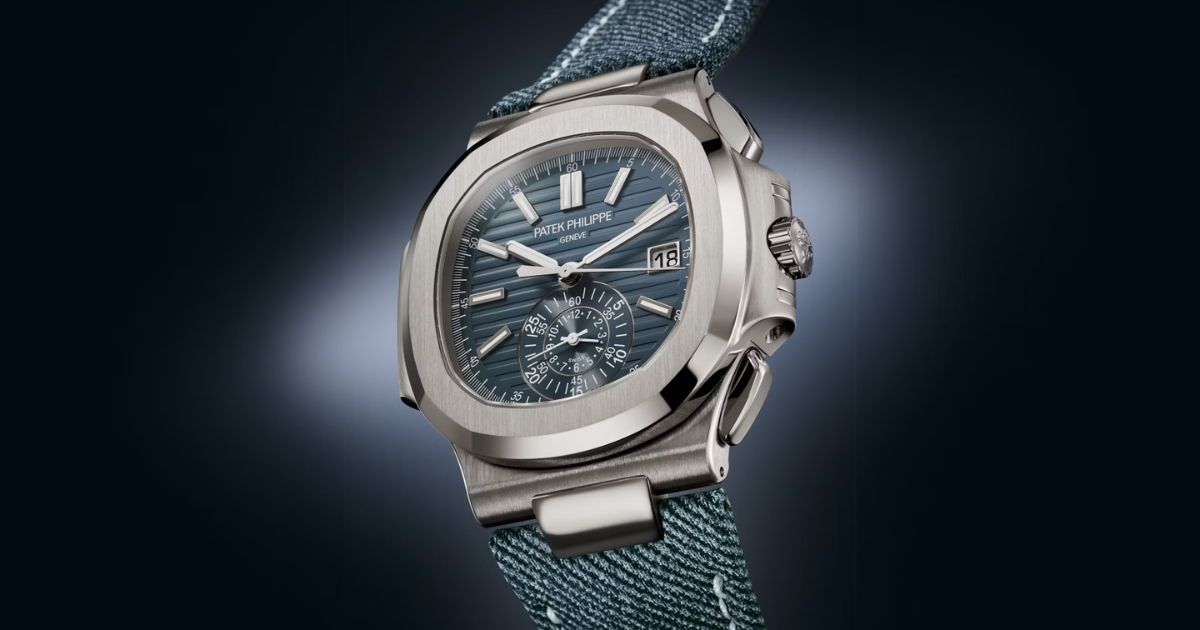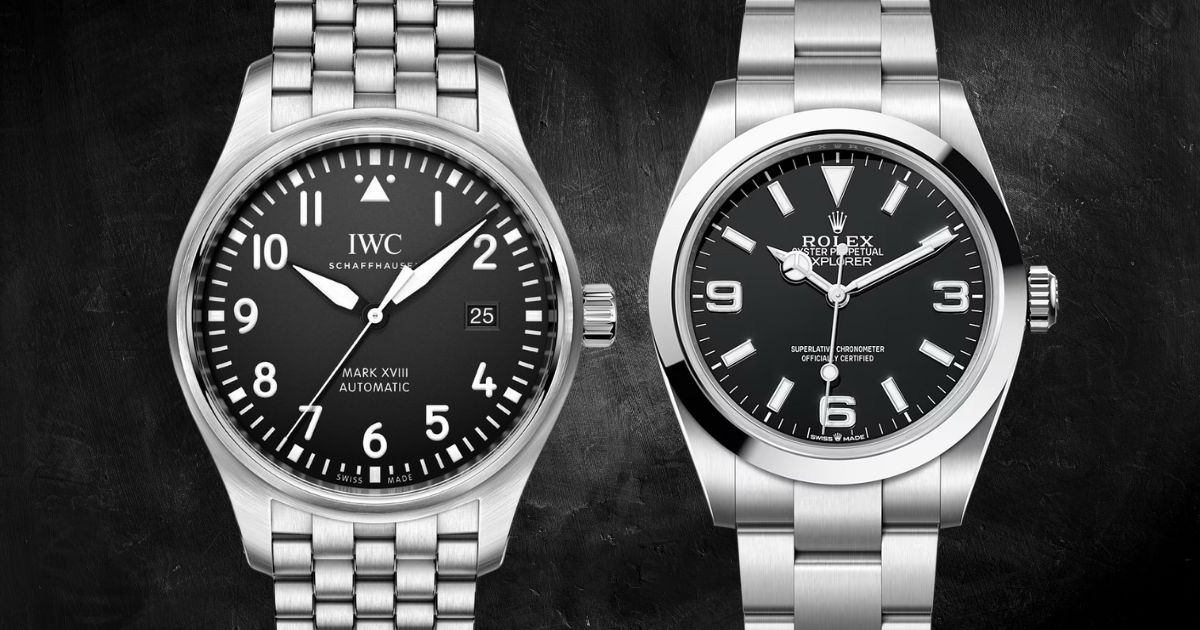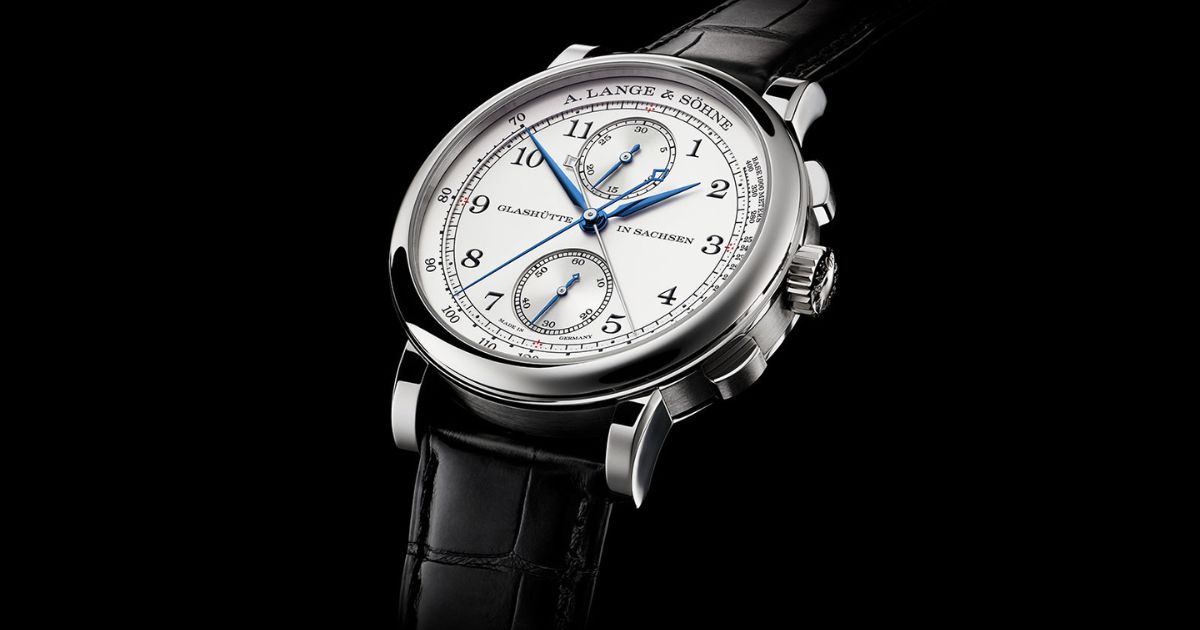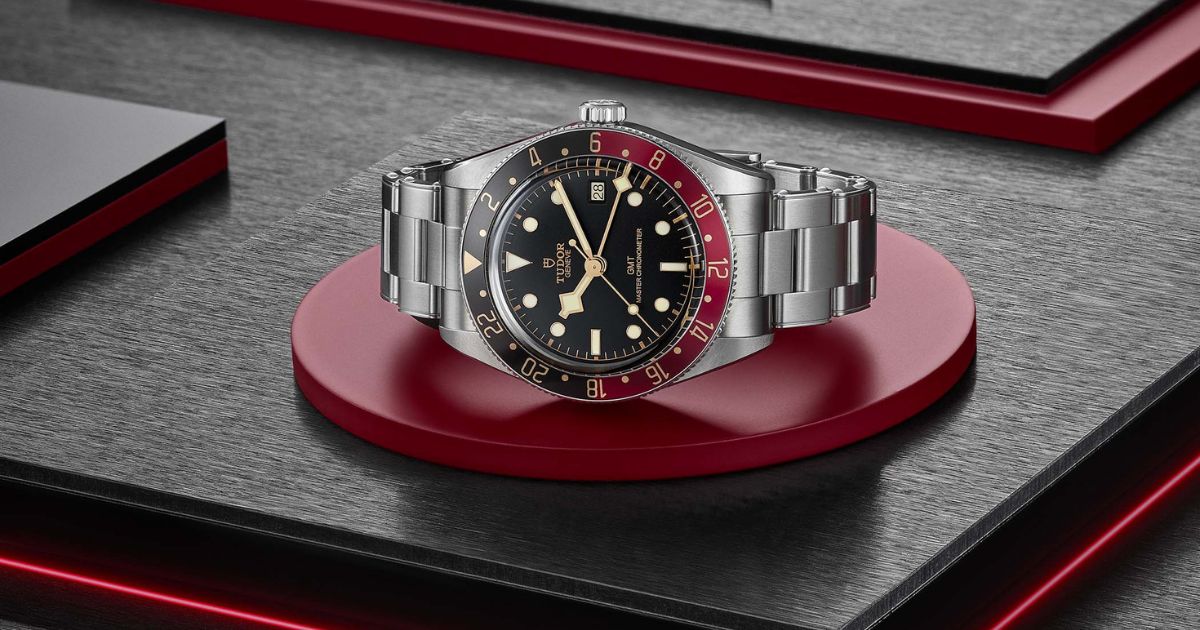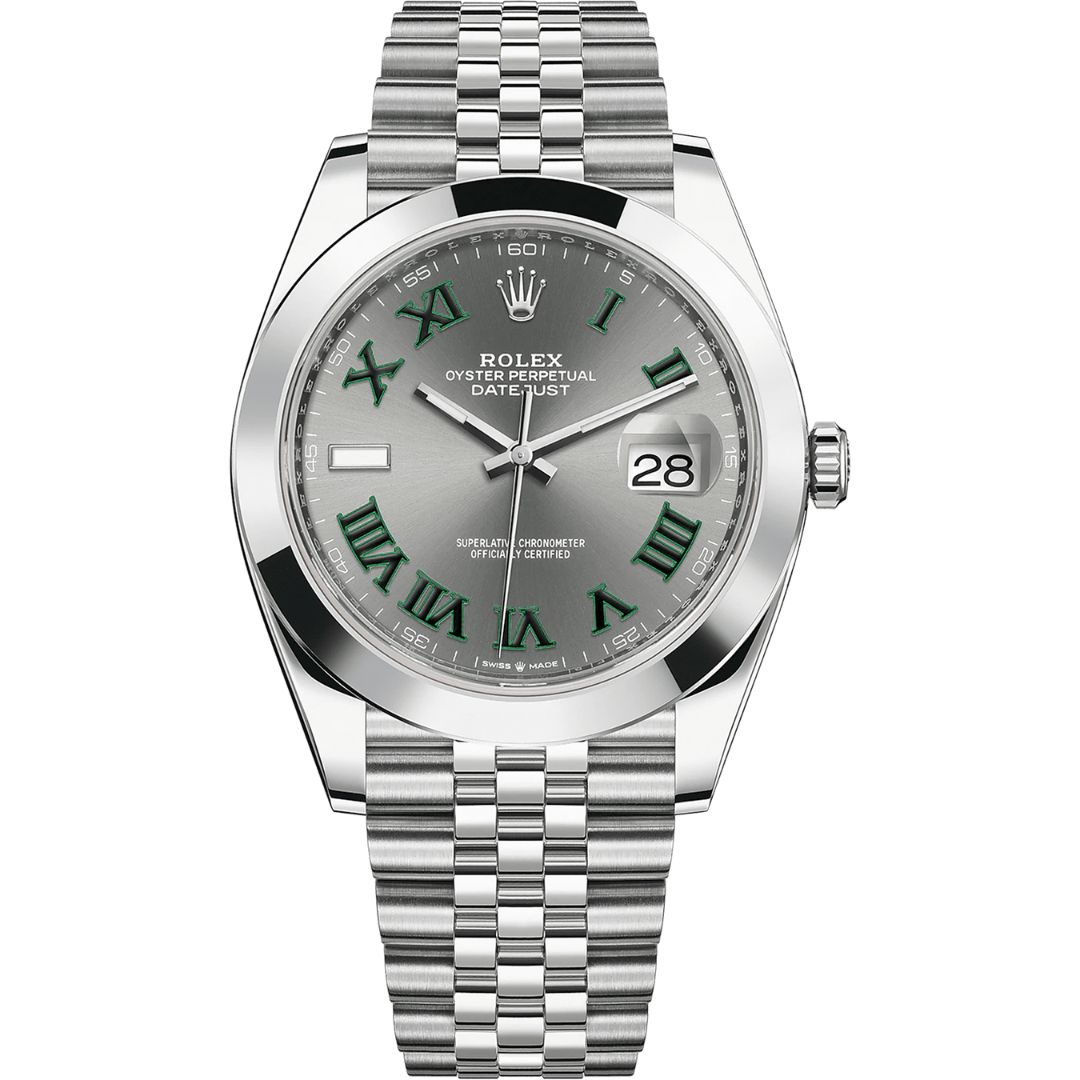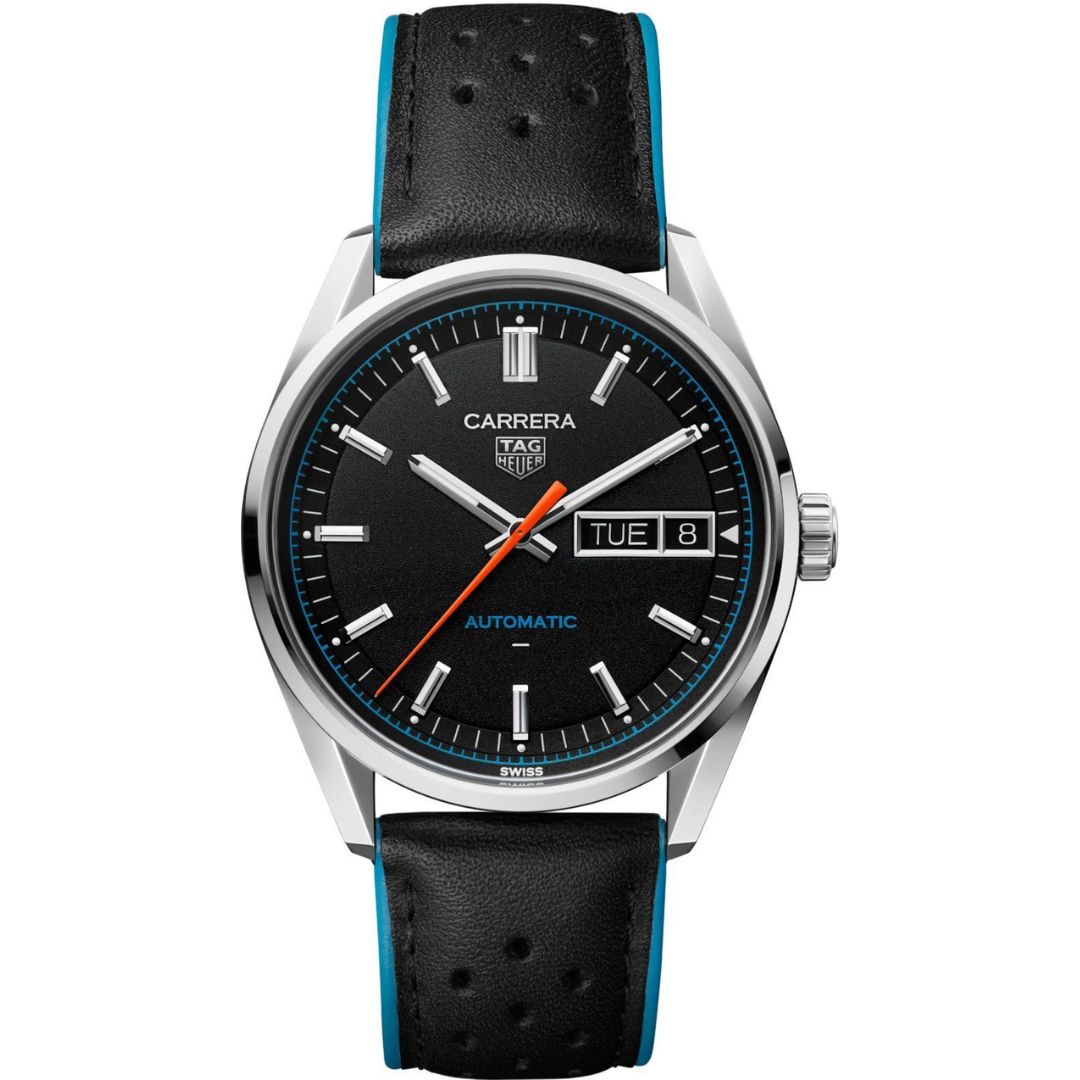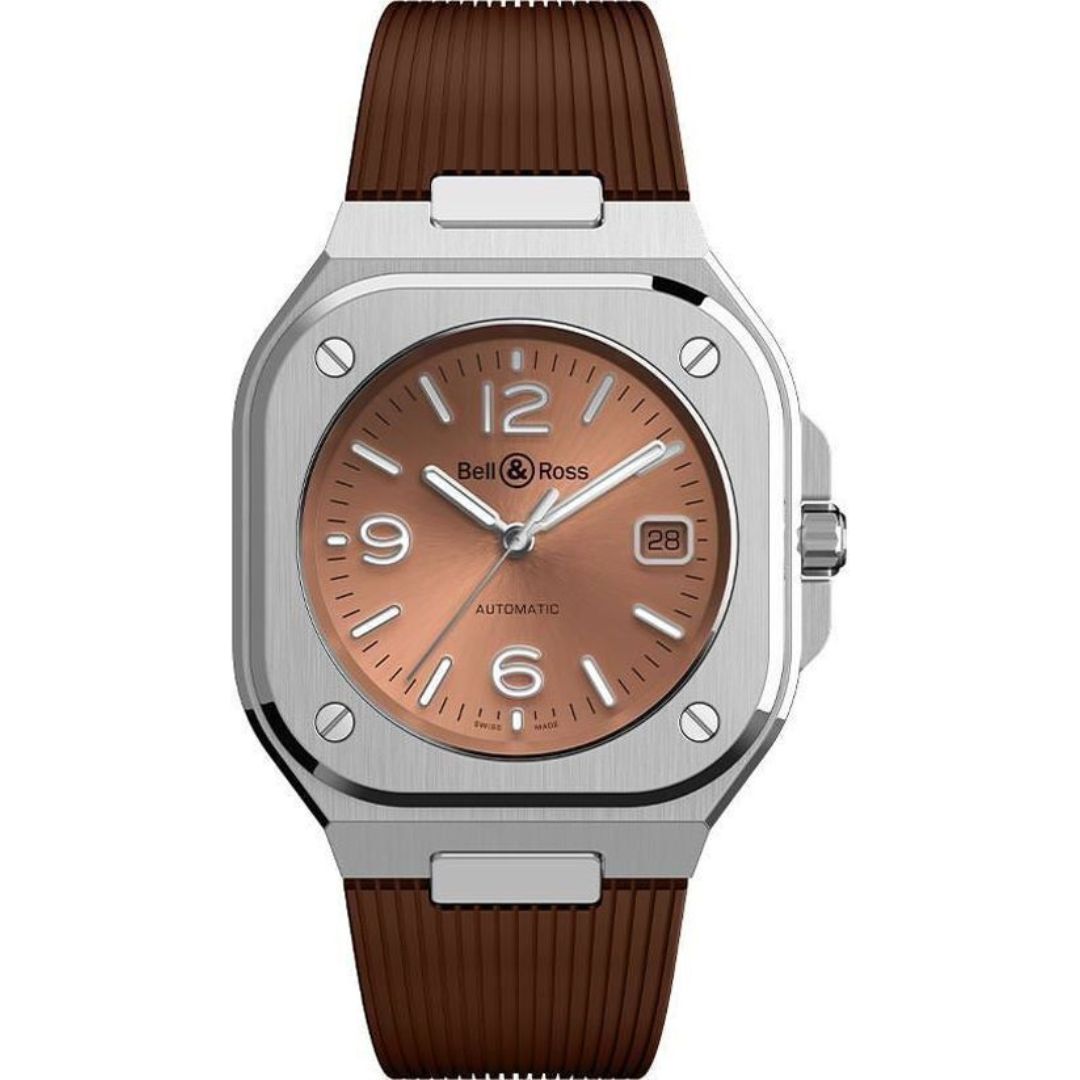In the world of haute horlogerie, few complications captivate collectors and enthusiasts like the tourbillon. Graceful, intricate, and mechanically poetic, the tourbillon remains a symbol of masterful watchmaking. But beyond its hypnotic beauty lies a story of ingenuity, historical evolution, and modern reinvention. From its inception in the mind of Abraham-Louis Breguet in the 18th century to its reimagining by today’s independent watchmakers, the tourbillon embodies the relentless pursuit of precision and aesthetic brilliance.
A Revolutionary Idea: Breguet and the Birth of the Tourbillon
To understand the significance of the tourbillon, we must first revisit the dawn of its creation. The name Abraham-Louis Breguet is synonymous with horological genius. Born in 1747 in Neuchâtel, Switzerland, and later based in Paris, Breguet revolutionized watchmaking with a series of innovations, including the Breguet balance spring, the perpetual calendar, and—most famously—the tourbillon.
Patented in 1801 (though developed earlier), the tourbillon was Breguet’s solution to a fundamental problem: gravity. Pocket watches at the time were typically carried vertically in waistcoats, causing gravity to affect the escapement and balance wheel unevenly, thus compromising accuracy. Breguet’s ingenious solution was to mount the entire escapement and balance wheel inside a rotating cage, which spun on its axis, usually once every 60 seconds. This constant motion helped average out positional errors caused by gravity, improving timekeeping accuracy.
The name “tourbillon” comes from the French word for “whirlwind,” capturing the swirling dance of its rotating mechanism. While Breguet’s original tourbillons were rare and extremely complex to produce, the concept planted a seed that would grow—albeit slowly—into one of horology’s most treasured complications.
Dormant Brilliance: The Quiet Centuries
Despite its mechanical brilliance, the tourbillon remained an obscure curiosity for much of the 19th and early 20th centuries. It was largely limited to high-grade pocket watches made for royalty, aristocracy, and scientific purposes. The complication’s complexity, fragility, and lack of broad necessity meant that it never became mainstream.
Many of the early tourbillons were crafted by watchmakers like John Arnold and John Roger Arnold (Breguet’s British contemporaries), and later, by artisans in observatory competitions, where chronometry (the science of precise timekeeping) was tested. These observatory trials pushed the boundaries of mechanical precision and featured tourbillons among other technical marvels.
Still, for most of the public, the tourbillon remained hidden from view—literally and figuratively. Often these mechanisms were buried inside closed-case pocket watches, never seen unless opened by a watchmaker.
The Modern Awakening: Tourbillons in Wristwatches
The 20th century witnessed a seismic shift: the wristwatch replaced the pocket watch. For decades, the tourbillon struggled to find its place in this new format. The complication was too delicate, costly, and unnecessary in an age dominated by mass production and, later, quartz precision.
But in the 1980s, as the Swiss watch industry recovered from the Quartz Crisis, mechanical watchmaking experienced a renaissance. Collectors and aficionados began to seek out the artistry and technical mastery of traditional complications. This set the stage for the tourbillon’s rebirth.
In 1986, Audemars Piguet made history by unveiling the first self-winding wristwatch tourbillon: the Ref. 25643. This pioneering piece was ultra-thin, shock-resistant, and housed in a modern case—a symbol of the tourbillon’s readiness for the contemporary world. Not long after, Breguet, now a revitalized brand under new ownership, began producing tourbillon wristwatches inspired by the master’s original designs.
The floodgates had opened. Watchmakers realized that the tourbillon, once a hidden regulator, could be transformed into a visual spectacle. No longer tucked away, it now claimed the spotlight on open dials and exhibition casebacks, showcasing its hypnotic motion.
The Tourbillon as Art and Engineering
By the late 1990s and early 2000s, the tourbillon had transitioned from a niche innovation to a status symbol. High-end maisons like Patek Philippe, Vacheron Constantin, Jaeger-LeCoultre, and Blancpain began incorporating tourbillons into their grand complications. These weren’t just about accuracy anymore—they were about prestige, skill, and visual drama.
Some notable milestones include:
- Greubel Forsey: Founded in 2004, this brand elevated the tourbillon to sculptural art, often using multi-axis tourbillons that rotate on more than one plane, achieving astonishing kinetic beauty and accuracy.
- Jaeger-LeCoultre Gyrotourbillon: First introduced in 2004, this featured a dual-axis spherical tourbillon—an engineering marvel and visual feast.
- Roger Dubuis: Known for their skeletonized double tourbillons, combining aggressive aesthetics with refined Geneva Seal finishing.
- A. Lange & Söhne: Their patented Tourbograph Perpetual “Pour le Mérite” blends the tourbillon with a rattrapante chronograph and perpetual calendar, all executed with German precision.
These tourbillons, often priced in the six- or seven-figure range, represent the pinnacle of mechanical horology—far more about craftsmanship and beauty than about timekeeping necessity.
Technical Variations: Expanding the Tourbillon Universe
As the tourbillon evolved, so too did its architecture. Watchmakers began to experiment with new configurations:
- Flying Tourbillon: Invented by Alfred Helwig in 1920, this variant lacks an upper bridge, creating the illusion that the cage is floating. It’s widely used today by brands like Glashütte Original and Carl F. Bucherer.
- Double and Triple Axis Tourbillons: These rotate on multiple axes, offering even more positional compensation and captivating movement.
- Double Tourbillons: Two separate tourbillon mechanisms, either working independently or connected via a differential, as seen in watches by Greubel Forsey and MB&F.
- Gyroscopic Tourbillons: As seen in the Zenith Defy Zero-G or the aforementioned Gyrotourbillon, these rotate in multiple directions, sometimes with counterweights to keep the escapement horizontal.
These variations blur the line between horology and kinetic art, reflecting the watch industry’s continuous drive to innovate within tradition.
The Tourbillon Today: Prestige, Performance, and Poetic Expression
In today’s horological landscape, the tourbillon stands not merely as a tool for accuracy, but as a signature of luxury, mastery, and mechanical art. Owning a tourbillon watch signals an appreciation for the deeper philosophies of watchmaking: patience, complexity, and beauty in motion.
Independent watchmakers like F.P. Journe, Kari Voutilainen, Rexhep Rexhepi (Akrivia), and De Bethune have pushed the boundaries further, integrating tourbillons with their own unique design languages and philosophies.
Moreover, technological advancements have enabled more precise and efficient tourbillons. TAG Heuer famously launched a Swiss-made tourbillon chronograph under $20,000—democratizing what was once the exclusive domain of ultra-luxury.
In contrast, brands like Richard Mille have taken the tourbillon into the world of sports and high-tech materials, using carbon fiber, titanium, and sapphire cases to make ultra-light, shock-resistant watches worn by athletes like Rafael Nadal—once unthinkable for such delicate mechanisms.
Conclusion: A Legacy in Motion
From Breguet’s original design over two centuries ago to the cutting-edge creations of today’s master watchmakers, the tourbillon remains an enduring symbol of watchmaking artistry. Its transition from a functional regulator to a visual and symbolic centerpiece reflects the evolution of horology itself—from necessity to craftsmanship, from precision to passion.
As long as mechanical watches exist, the tourbillon will continue to enchant, defy gravity, and inspire awe—one revolution at a time.






























